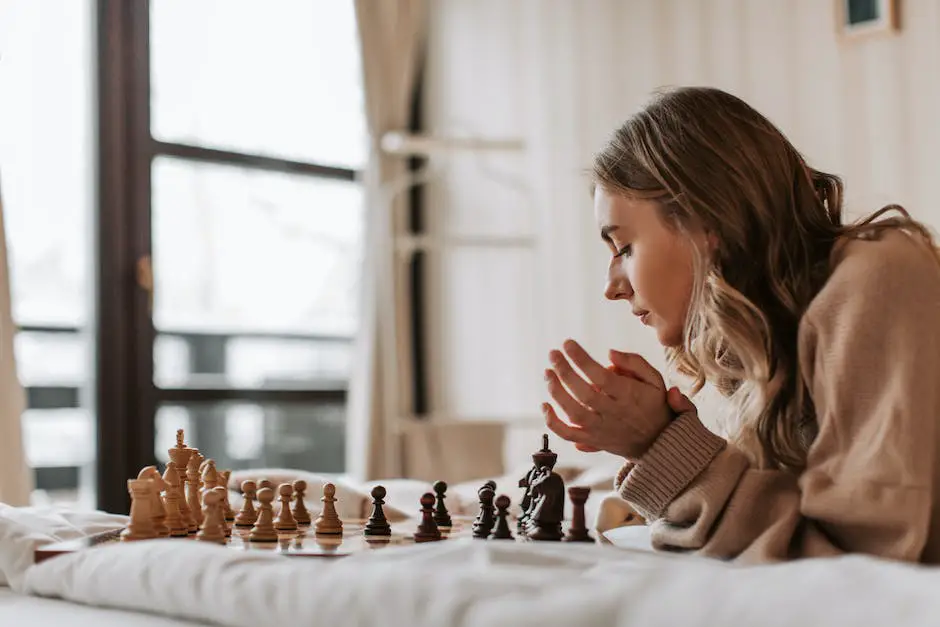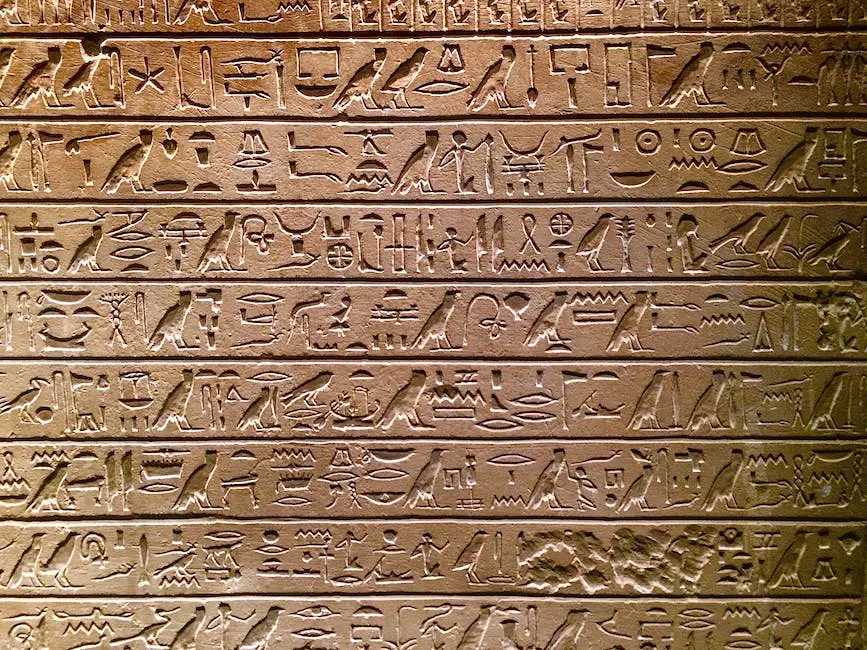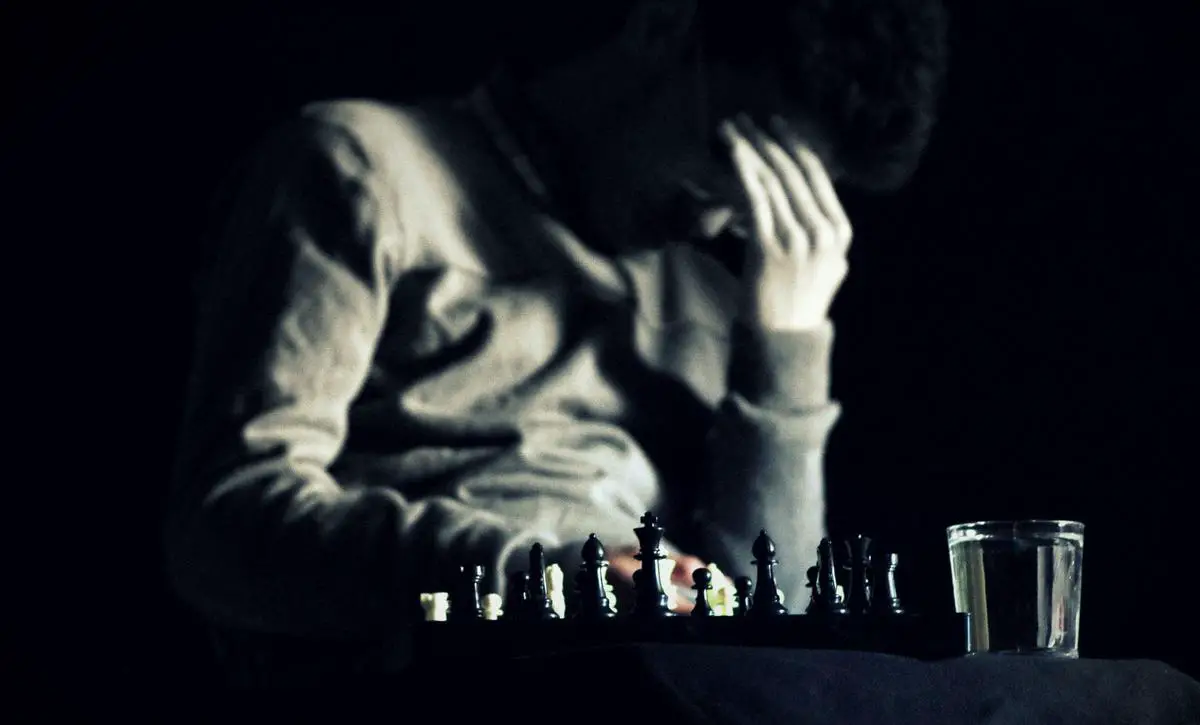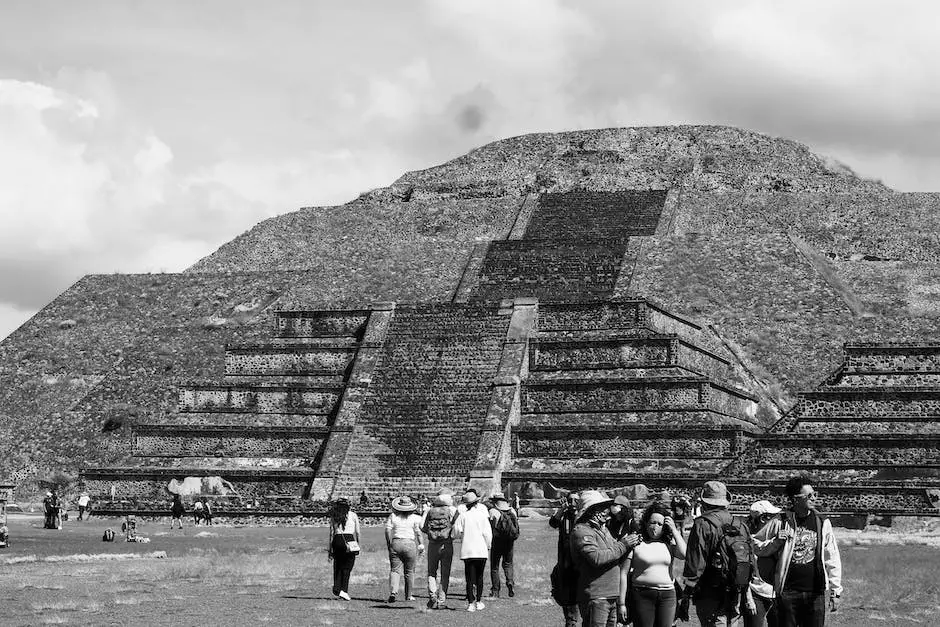Board games are more than just pieces and play; they hold within them stories of civilizations, providing glimpses of their cultures and traditions. Among these are Aztec board games like Patolli and Tlachtli, which not only entertained people but reflected the deeply rooted culture and aesthetics of the Aztec civilization. Delving into the history of these games, we unearth fascinating facts as well as complex strategies that kept players engaged. Furthermore, by understanding the importance of Aztec symbols and artwork, we open up a portal to a past era filled with intriguing narratives and vibrant aesthetics. Imagine then, the chance to recreate these games, bringing back a piece of history right in your home. This journey of understanding the basis of the Aztec games, learning the crafting techniques, and unraveling game strategies will make your DIY project a trip through time itself.
History of Aztec Board Games
Understanding Aztec Board Games: A Cultural and Historical Perspective
The Aztecs, one of the most dominant societies in Mesoamerica, were not only known for their immense architectural wonders but also for their engaging and culturally significant board games. Amid the rich cultural and social life of the Aztecs, board games played a crucial role in adding entertainment, as well as contextualizing their beliefs and customs.
Patolli: A Game of Entertainment and Religious Importance
One of the most ancient and renowned board games of the Aztecs is Patolli. Patolli was not only a means of entertainment but also carried significant religious importance. It was typically played during religious festivals and ceremonies, and was believed to be favored by the god of games and gambling, Macuilxochitl.
In this board game, players would wager valuable items — anything from gold and precious stones to homes and even family members. The game board usually presented a cross-shaped layout, with each player taking turns to throw beans or stones with marked faces to determine movements. The main objective was to traverse the board with all one’s pieces before the opponent.
Tlachtli: The Mesoamerican Ball Game
Another ancient Aztec board game is Tlachtli, also known as the Mesoamerican ball game. While Tlachtli is significantly more physical than Patolli, it was equally important and holds a central place in Aztec culture. This game was often associated with religious ceremonies and rituals. The ball court, itself, was a sacred place and often situated next to temples or palaces.
Tlachtli is a team sport and involved heavy rubber balls that players needed to hit with their hips, elbows, or knees to get it across the stone hoops lined along the court’s center. Unlike Patolli, Tlachtli had different consequences; the game was so sacred that, according to some sources, losing players could often be sacrificed, reinforcing the game’s symbolic association with the struggle between life and death.
Embracing the Aztec Culture
These games encapsulate the spirit of the Aztec culture, where everything had a religious undertone and significance attached to it. Understanding the historical context and cultural importance of these games can guide your DIY project, helping you recreate the games authentically while preserving their essence.
Whether it’s the intense, high-stake world of Patolli or the physical rigors of Tlachtli, these Aztec games exemplify essential aspects of Aztec life. They serve as a window to a culture that believed in the intertwining of entertainment, religion, and philosophical concepts. By replicating these games, you’ll not only be embarking on an entertaining DIY project but also engaging with a rich and fascinating part of ancient history.

Aztec Symbols and Artwork
Aztec Symbols: Interpreting their Secret Language
The Aztec civilization, known for its rich cultural heritage, has left behind several symbols that are of great significance. These symbols, often seen carved or imprinted upon their structures, tools, and board games, were a form of pictographic script that contained the teachings and wisdom of their ancestors.
The most commonly found symbols in Aztec artworks and board games are glyphs related to daily life, agriculture, and cosmology. Some of these prominent symbols include eagles (representing power and vision), serpents (indicating wisdom), and various geometric shapes symbolizing elements like fire, earth, water, and wind.
Understanding the Importance of Aztec Artwork
Aztec artwork, like their symbols, is also rich with intricate designs and motifs that often have deep meanings. Their artwork gives insights into their culture, religion, and thinking. For instance, many Aztec games incorporate depictions of their gods, who were paramount in the Aztec belief system.
Motifs of Aztec myths and legends were also common. You could frequently see images of their mythological creatures, heroes, and divine events on their artifacts. This art was a means of promoting and preserving their cultural narratives.
Creating a DIY Aztec Board Game
Now that you know the basic Aztec symbols and the significance of their artwork, you’re ready to start creating your DIY Aztec board game. To make your board game authentic, incorporate elements from the Aztec aesthetics we explored earlier.
You can start by designing the board with a layout of glyphs or create a central image that symbolizes an important Aztec deity or event. The peripheral spaces could be filled with various other Aztec symbols relating to daily life or cosmology.
Ensure that the color scheme matches the vibrant hues Aztecs often used in their art – this includes colors like turquoise, bright red, gold, and earth tones. Additionally, try using materials that the Aztecs would have had access to, such as wood, stone, or paper, to give your board game a more authentic feel.
Finally, for the gameplay aspect, consider the Aztec’s love for strategy, competition, and chance. These were elements often found in their games. The rules of your game can be made to reflect these aspects, and where appropriate, you could include the use of dice or tokens adorned with Aztec symbols.
By researching and implementing these historical and artistic references, your DIY Aztec board game will not only provide an engaging activity but also a purposeful representation of an ancient culture, which greatly valued the integration of art and enjoyment in their daily lives.

DIY Crafting Techniques
Understanding the Aztec Board Game: Patolli
Patolli is one of the oldest known games in America, played by the ancient Aztec civilization. The game gets its name from the Aztec word for bean, as beans were often used as dice. It’s a two-player game on a cross-shaped board, with each player showing a set of six markers. The goal is to be the first to navigate your markers around the board.
Selecting a Material: Wood, Clay, or Paper
Firstly, decide on the material for your board game. You could opt for wood which is durable and classical, clay to lend an earthy, antique look or paper for simplicity and cost-effectiveness.
Crafting a Patolli Board from Wood
Sketch a cross-like design that’s eight squares by eight squares on a square wooden plank. Use a ruler for precision. Once you’re satisfied with your design, use a wood burner to etch the design onto the wood. Then, smooth the board using sandpaper.
Constructing a Patolli Board from Clay
If you decide on clay, roll it out about half an inch thick to your desired square size. Then, using a stick or thin spatula, etch the cross-shaped, eight by eight design into the clay. Allow it to air dry for at least 24 hours, and then fire it in a kiln if available.
Creating a Patolli Board from Paper
Using a ruler, sketch a cross-shaped design that’s eight squares by eight squares on a square piece of thicker paper, like card stock. Add some Aztec patterns or images to the borders for an authentic look.
Using Art Skills to Enhance Your Board
Whichever material you choose, your board can always be enhanced with painting or drawing. For a rustic look, consider using natural pigments like ochre or crushed berries.
Making Game Pieces
The game pieces or markers can be made from small stones, painted wooden pieces, or clay beads. Also needed for the game are five beans or stones as dice.
Adding Finishing Touches
Once the board and the game pieces are ready, you can add some finishing touches. You can varnish your wooden game board, or add a layer of mod podge to your paper game board. If your game pieces are made of clay, consider painting them with an Aztec design.
Remember, the joy is not only in playing the game but also in the creativity and craftsmanship that you pour into this unique DIY project.

Rules and Strategy of Aztec Board Games
Understanding the Ancient Aztec Board Games
Aztec board games were a vital part of cultural and social life, used for both entertainment and religious rituals. The most famous Aztec game was Patolli, a game of strategy and chance that involved colorful beans, pebbles, or precious stones. The name ‘Patolli’ comes from the Aztec word for bean, ‘patl’, which was used as a dice in the game.
How to Play Patolli: Traditional Rules
To play Patolli, you need a cross-shaped board divided into 52 squares—the same number as the Aztec calendar’s years. Two players each have six markers, and they place these on the board as they advance. The goal is to go around the board, crossing your own starting point before the other player.
Throwing beans painted with dots on one side decide the number of spaces a player moves. The total number of spaces a player should move equals the number of beans that land with the painted side up.
Players can overtake each other, but there’s a catch; if a player lands on a spot already occupied by an opposition piece, they can send that piece back to the starting point. Trading pieces often added a gambling element to the game; pieces could represent small treasures like jade, gold, or turquoise bead.
Tlachtli: The Ball Game of the Aztecs
Another popular game was Tlachtli, similar to modern-day football or basketball, where two opposing teams tried to score points by putting a rubber ball through a stone hoop without using their hands.
The players used their hips, legs, head, and elbows to maneuver the ball. It’s not a board game in the traditional sense, but its importance and intrigue make it worthy of note for Aztec game enthusiasts.
Strategy and Tips for Playing Patolli
Patolli requires both luck and strategic thinking. While the number of moves depends on the throw of the beans, players can utilize strategy in how they choose to move their pieces.
Since the goal is to traverse the entire board and return to your starting position, consider the best route that minimizes being sent back by the opposition. If possible, keep your pieces spread out. This prevents your opponent from overtaking and sending multiple pieces back at once. Recognize that an element of risk and gambling is involved, requiring careful decision-making regarding when and how to bet your pieces.
As for Tlachtli, physical skill and agility were crucial to winning. Practicing your ability to control a ball using only your body parts, other than your hands, would be critical in mastering this challenging game.
Building Your DIY Aztec Games
To recreate these games for yourself, you might use everyday materials like paper, markers, and beans, or clay for a more authentic feel. For a Tlachtli recreation, a simple hoop or ring could serve as the goal, and a small, bouncy ball could play the part of the traditional rubber ball. Just be sure to play in an open space – accidental injury could occur in confined areas! Recreate these ancient Aztec games and have fun while exploring a fascinating aspect of this historic civilization.

Learning how to create these Aztec board games is far more than just a hobby or a DIY project. It’s about immersing yourself into an ancient culture, understanding their worldview and enjoying their games just as they would have done centuries ago. Recognizing the significance of Aztec symbols and artwork, mastering crafting techniques and understanding the rules and strategies of these games, enables us to create something that is not only functionally sound but also carries with it the narrative of a once thriving civilization. So, keep crafting, keep playing and most importantly, keep learning, because every roll of an Aztecan die is a page turned in the book of history.
